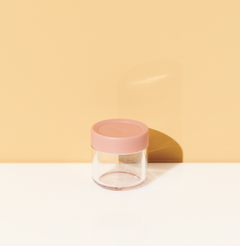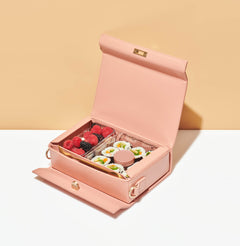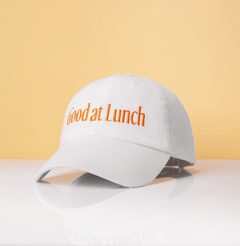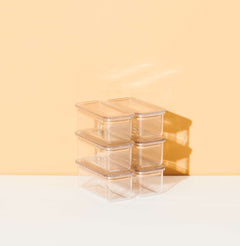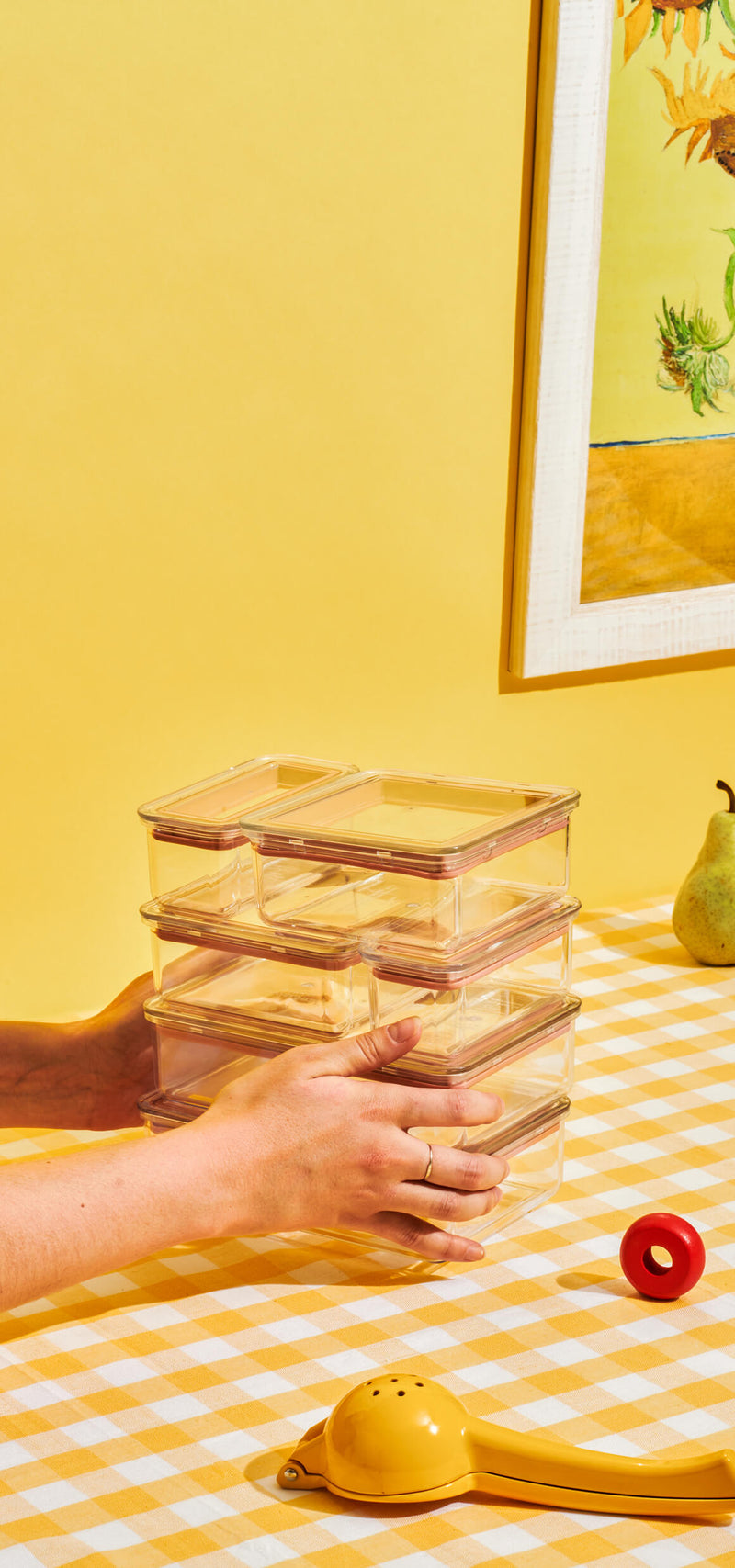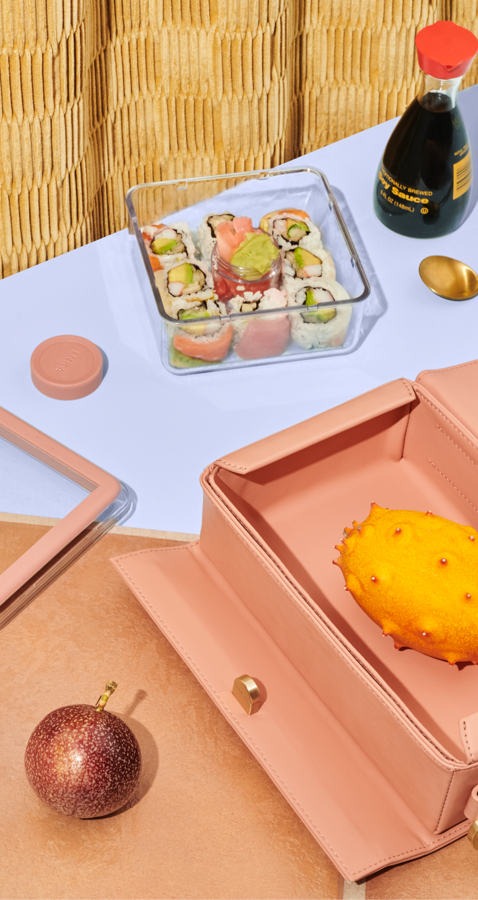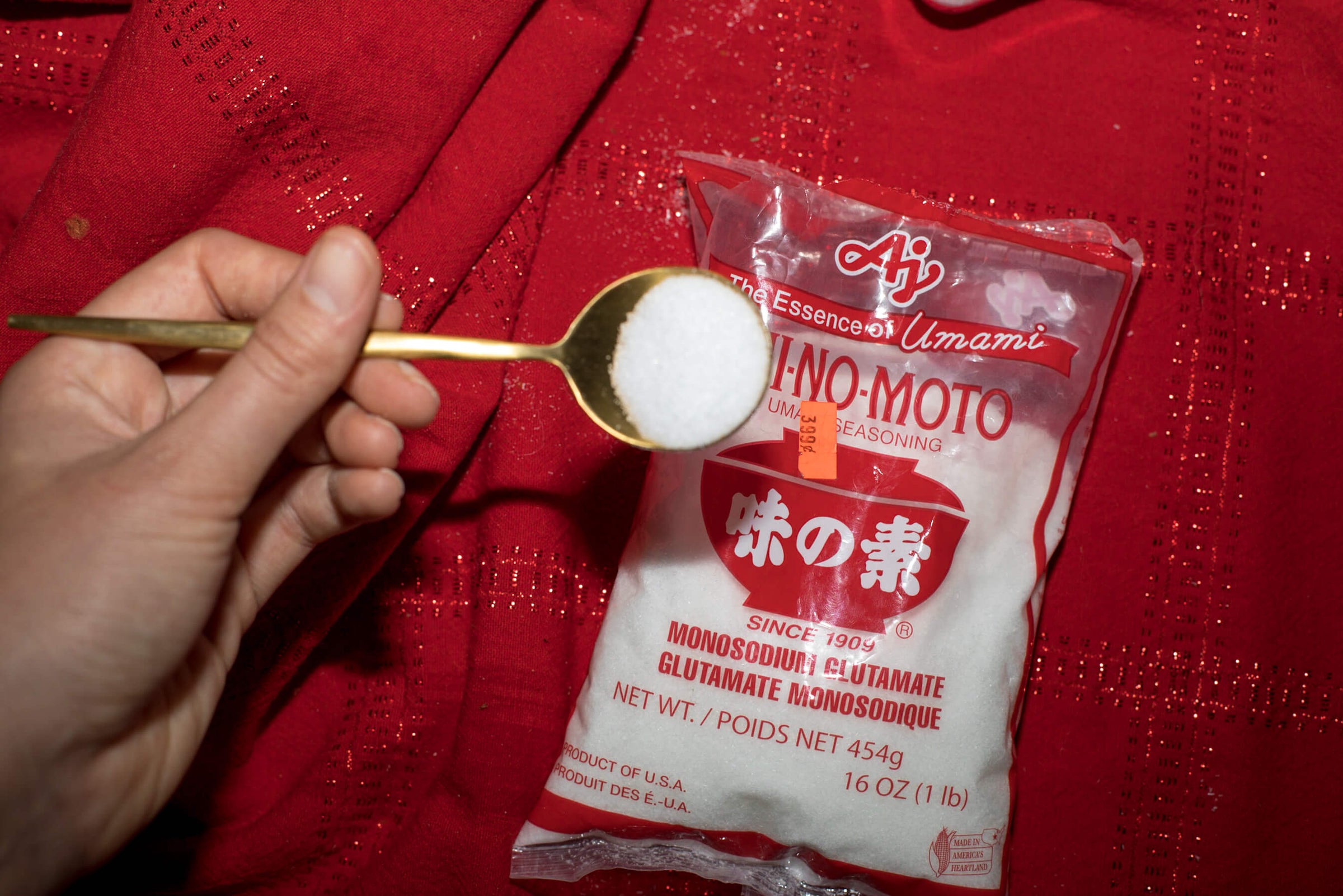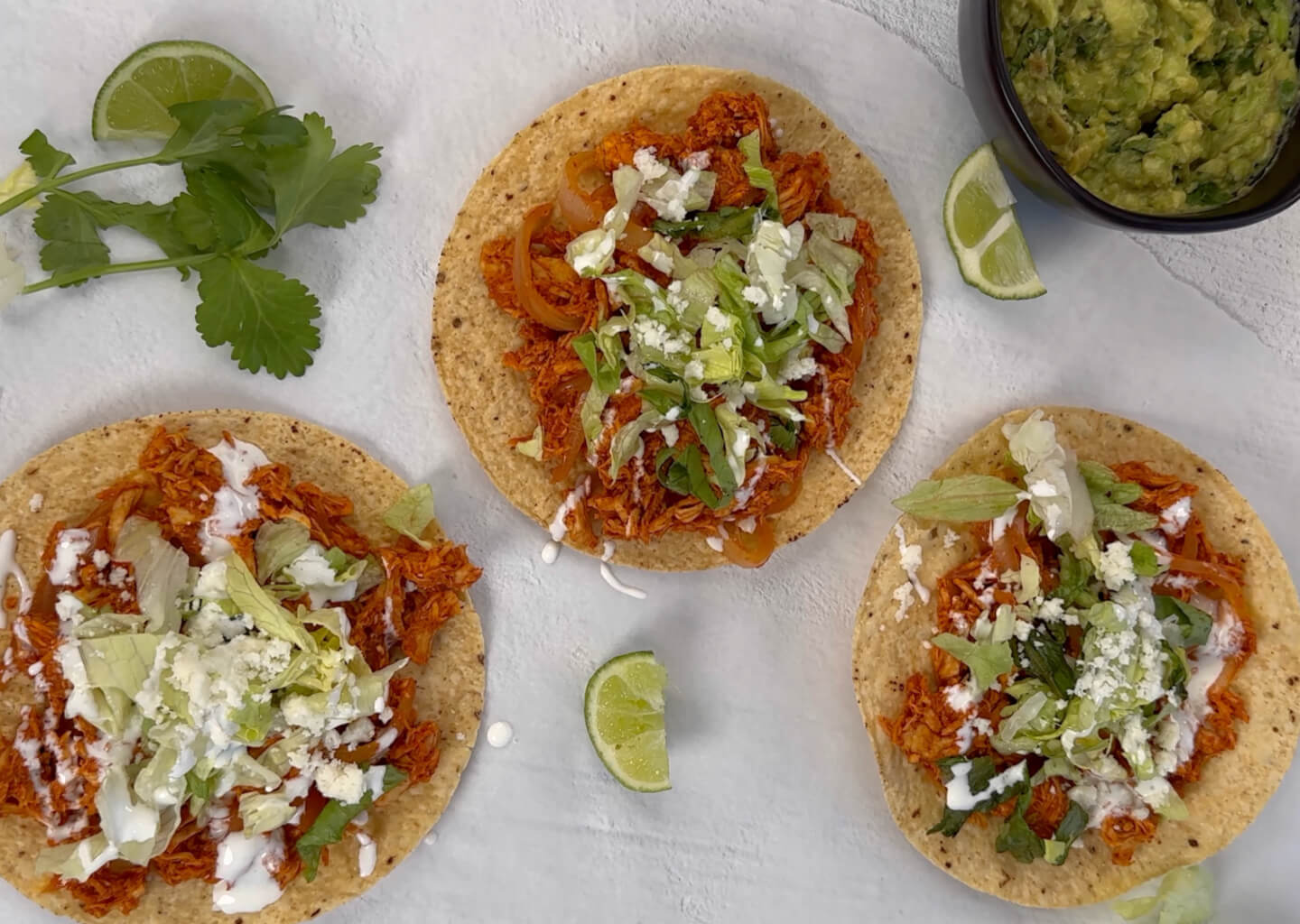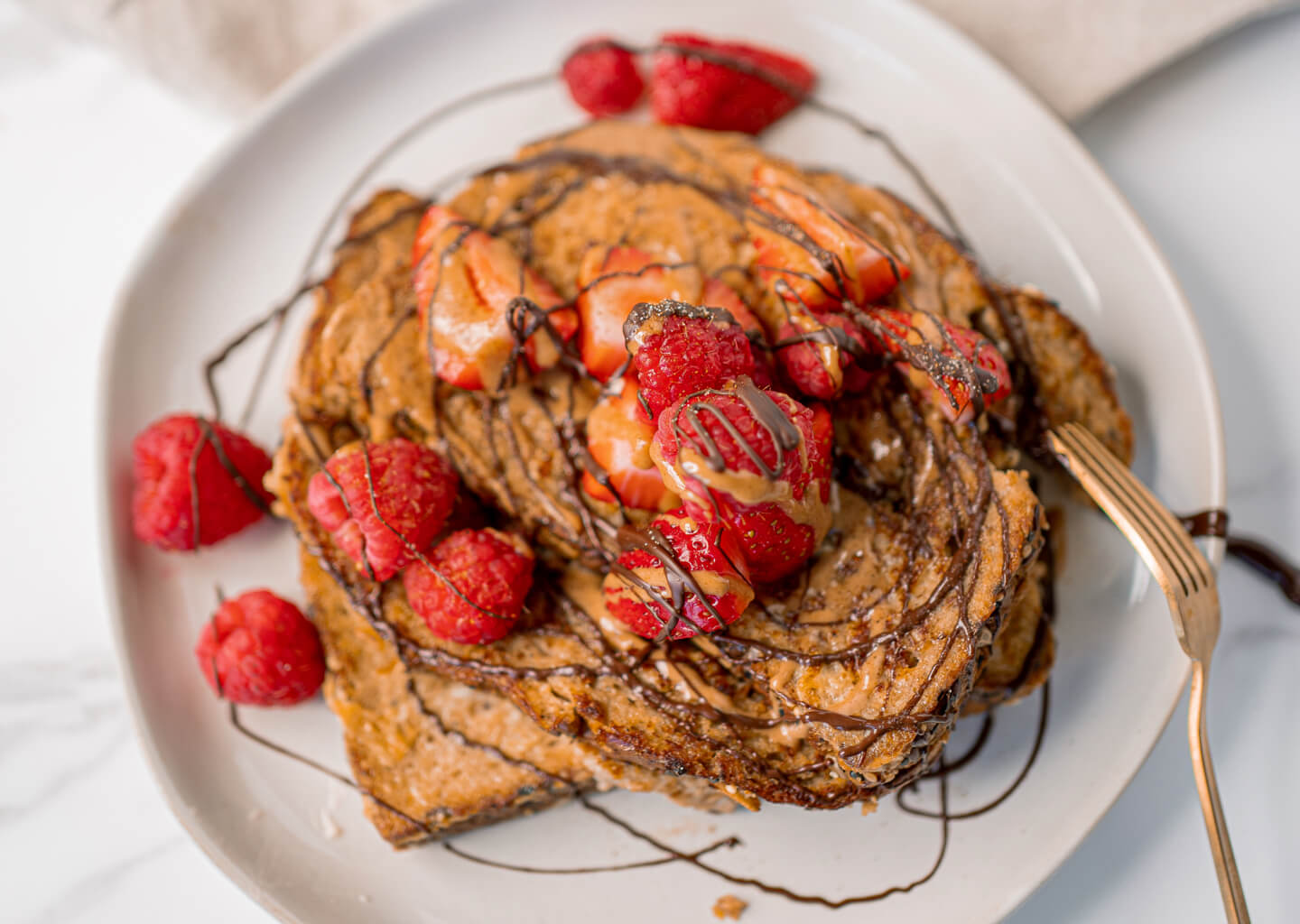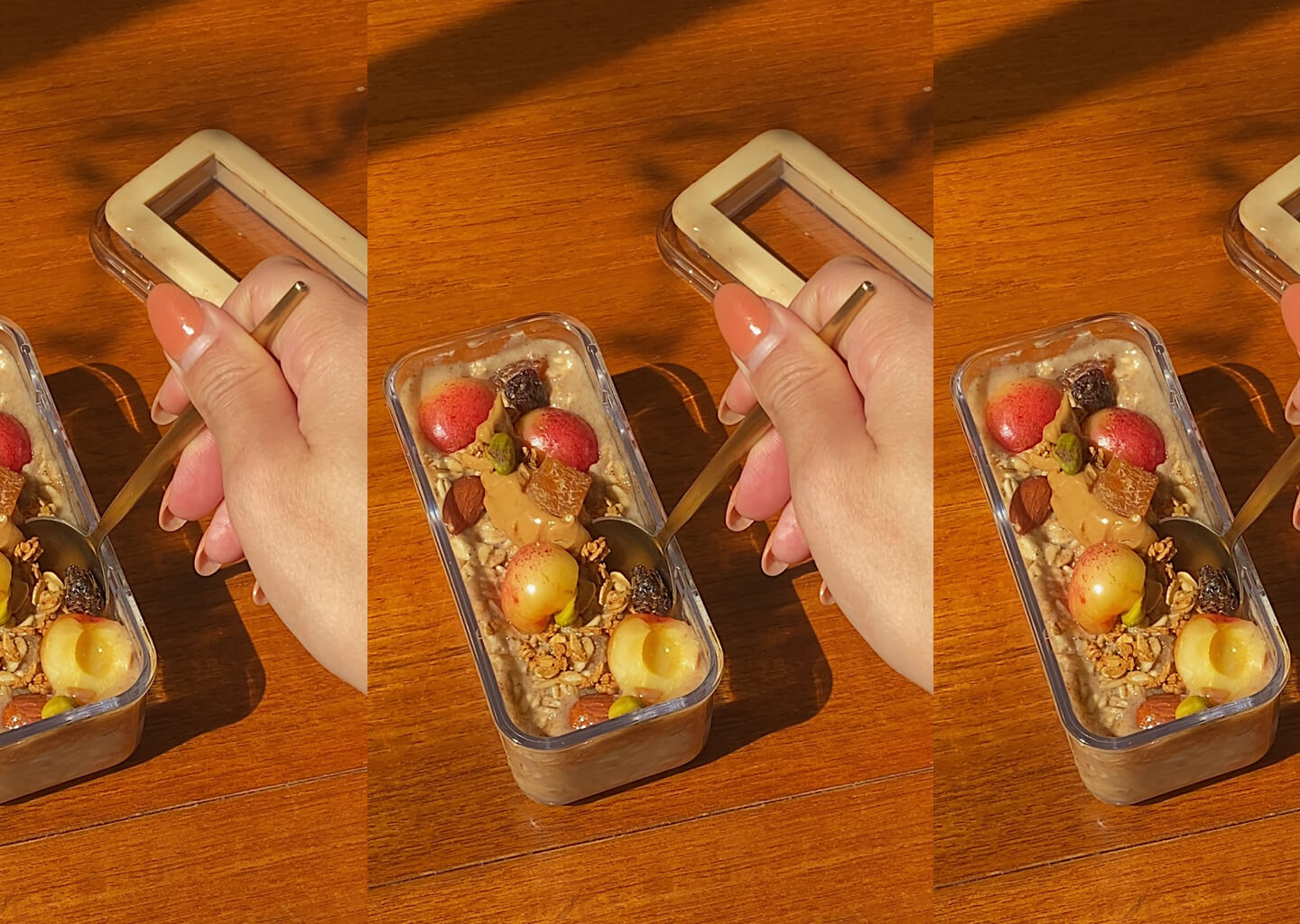When we hear MSG, we imagine Downtown LA where a bright, bubbly woman named Jessica Day fights her local Chinese restaurant on two fronts: their lack of consideration for the environment as they spam people with to-go menus, and her roommate Winston’s lockjaw from the MSG in their dumplings.
A flurry of pop culture references, word-of-mouth, and article headlines all pertaining to the controversy that is MSG (or Monosodium Glutamate) led us to believe it was an abbreviation for edible danger. But it turns out there’s a lot more to the seasoning than we thought.
How the fifth flavor was discovered
Let’s start at the beginning. MSG is the sodium salt of glutamic acid. For those of you who, like us, left chemistry behind in high school, glutamic acid is one of twenty amino acids that make up natural proteins found in foods like milk, eggs, potatoes, mushrooms, walnuts, soy sauce, and a bunch of fruits and vegetables. Amino acids are essential for our bodies to function properly.
In 1908, Kikunae Ikeda, a chemistry professor at the University of Tokyo, discovered that MSG delivers a savory, meaty flavor. It was a new addition to the four existing flavors: sweet, salty, sour and bitter. He coined the new taste “umami,” or “delicious” in Japanese.
Ikeda isolated glutamate from kelp, the seaweed used to make dashi stock, the base in miso soup and other broths in Japanese cuisine, then added sodium to the isolated glutamate, giving us monosodium glutamate! Now the name makes sense. This combo of sodium and glutamate allows the flavor enhancer to stabilize into a powder that can be used as a condiment.
The following year, Ikeda founded the condiment company AjiNoMoto, meaning “essence of taste.” It’s still operating today as a multi-billion-dollar public food and biotechnology corporation.

And then came the racism
Fast forward sixty years — everything changed for MSG when Dr. Ho Man Kwok wrote to the New England Journal of Medicine about ingredients used in Chinese restaurants in the US that he said were causing him discomfort.
His symptoms, which came to be known as “Chinese Restaurant Syndrome,” included a numbness at the back of the neck, which spread to the arms and back, coupled with lethargy and heart palpitations. He mused over whether the culprit was soy sauce, Chinese cooking wine, or MSG. His theory sparked a viral look into MSG and a series of animal and human-based studies followed.
It wasn’t until the FDA intervened in 1995 that they looked at the pool of evidence to assign MSG a regulatory status. Ultimately, they classified MSG as GRAS, “Generally Recognized as Safe,” after concluding that a minority of “sensitive individuals” who consumed large amounts of MSG on an empty stomach did experience symptoms.
GRAS is what the FDA grants to food additives after concluding they are safe and exempt from food additive tolerance requirements. Also, the derogatory “Chinese Restaurant Syndrome” was changed to “MSG symptom complex” to describe the varied symptoms associated with MSG.
Why the food world is still divided
According to the International Food Information Council (IFIC), an industry-funded nonprofit that supports science in nutrition, 4 out of 10 Americans say they actively avoid MSG. Fifty years on from Dr. Kwok’s letter, MSG is still in the topmost-avoided ingredients by US Consumers, only behind added sugars, sodium, preservatives and artificial additives.
While glutamic acid occurs naturally in certain foods, the simple fact that MSG is a processed product and a chemical flavor enhancer deems it a no-go for health-conscious eaters.
If we ignore MSG as a condiment for a moment, half a gram of MSG is still consumed on average by Americans every day, according to the FDA, through frozen dinners, cold cuts, Doritos, dressings and other food products. For MSG advocates, this shows a major weakness in the “Chinese restaurant syndrome” since these consumers don’t suffer from the associated symptoms.
Alternative explanations for the symptoms associated with MSG are excess sodium or alcohol consumption, a placebo effect, anti-Asian prejudice, or a growing distrust of government and healthcare authorities. According to the IFIC, family, friends, health blogs and websites carry significantly more influence in consumers’ eating choices.
Ultimately, it’s easier for companies to heed clean eating trends — even if they don’t stand by them — than suffer in the sales department. The influence of the food culture works both ways though. For example, celebrity chefs like David Chang and Hugh Acheson tout MSG as a wonderful seasoning to include in foods and their audience reach goes far.
The Verdict
The verdict is still out on MSG with studies supporting both sides of the argument. This makes it easier for people to assert their own biases. Like everything in life, from people to MSG, they’re more complicated than they at first would seem.
However, food is a subjective experience. If you feel you’d prefer to stay away from MSG for whatever reason, do you. No one knows your body better. If not, enjoy it.
Words by Nayla Al-Mamlouk
Sources:
"Is MSG as Bad as it's Made Out to Be?" BBC, 9 November, 2015.
"MSG is A-OK: Exploring the Xenophobic History of and Best Practices for Consuming Monosodium Glutamate." Journal of the Academy of Nutrition and Dietetics, 4 March, 2021.
"Redefine CRS." Anjinomoto.
"What's That Stuff? Monosodium Glutamate." American Chemical Society, 28 July, 2003.
